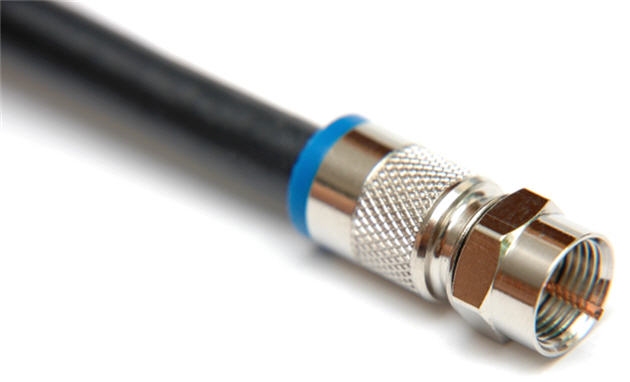When wiring up an equipment rack, the tendency is always to try to be neat and eliminate unncessary cables. This can mean creating some extremely short cables to connect items that sit next to each other. So, here’s the question… how short is too short?
Is it even possible to have a cable that’s too short?
I mean, we’ve all seen little adapters that go from one connector to another. They’re maybe an inch in size. So does the question even make sense? It does, and I’ll explain it the way that it was explained to me.
The answer comes down to something called reflection. Reflection is the “unintentional bounceback of a signal as it enters a connection.” Obviously it’s something to be avoided. Think of it this way. If you get a cup, and you go up to one of those self-serve soda machines, there’s always a little splash of soda as it hits the cup when you’re filling it. If you keep your hand away from the stream then it’s ok, otherwise you get soda all over your hand.
Now think of signal being kind of the same. When the signal hits a connection, it’s like the soda hitting the cup. There’s a little splash but it’s pretty confined. If your cable is too short, then the “splash” bounces back up and hits the other connection, and then you’ve got real trouble. A long enough cable helps it dissipate harmlessly.
How long is long enough?
Generally, a 2-foot (60cm) cable is long enough so reflections aren’t a problem. You should avoid cables shorter than that. If you need two pieces of equipment to be closer than that, we recommend making a 3-foot (90cm) cable so that it will be long enough to bend it in a graceful loop no less that 6 inches (15cm) in diameter. Bending a cable more severely than that can cause several problems.
It may end up ruining your idea of a beautiful install but keeping cables over that minimum length will make everything work better.
Why aren’t adapters and splices a problem?
They are, actually. Adapters and splices cut the signal level, at least a little. There can be reflection issues as well, but they aren’t as common since you’re generally keeping everything within the connector. In other words, you’re generally not adding a connector, then another connector, then cable, then two more connector. A typical splice is one connector to another, with a barrel in the middle. This keeps reflections down because the big source of reflections is when the connector meets the cable.
Is this even real?
I’ve had people throughout the years try to fight me on this. They say they haven’t observed the problem, it’s not a big deal, they use six inch cables all the time. I will just say, in the real world, if something works that’s great. And I’ll tell you I don’t have a Ph.D in electrical engineering myself. But people who do have told me that it’s a real thing. I personally believe them.
Get the cables and connectors you need
You’ll find all the cables and connectors you need when you shop at Solid Signal. We have high-quality cables that are certified for satellite use. We also have the best selection of compression connectors and tools. If you’re not sure what you need, call us at 888-233-7563. We’re here during East Coast business hours. If it’s after hours, fill out the form below! We’ll get back to you, usually within one business day.





